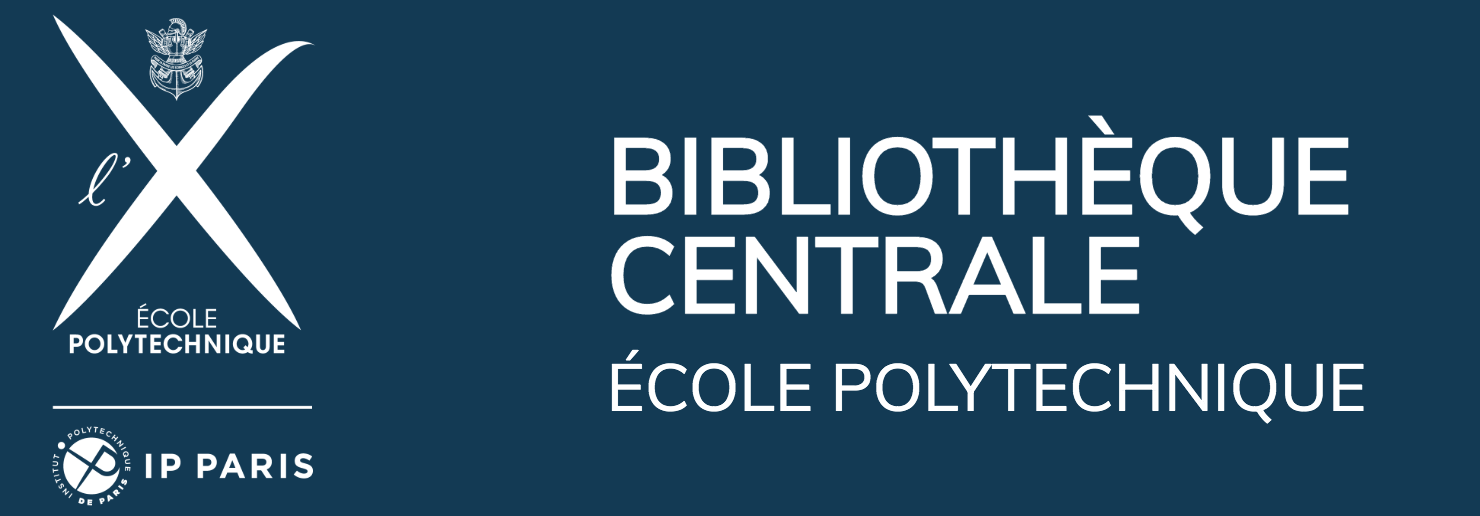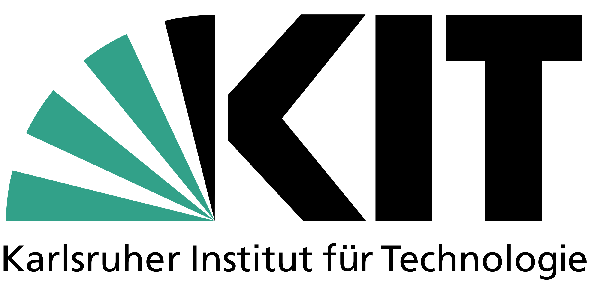Serious gaming for digital growth. Reducing waste through the Lean mindset
DOI:
https://doi.org/10.19229/2464-9309/1282022Keywords:
project management, BIM, serious games, Lean mindset, gamificationAbstract
The Italian context’s push towards BIM should be considered an opportunity to implement a digital transition towards the use of IT tools, through a culturally innovative approach to construction provided by Lean thinking and its gamification. The Lean approach leverages proven strategies to increase the quality of the production process. However, its application is still difficult: hence the need to convey effective proposals that use the structure of games to present actual ‘simulations’ of the production process. This paper aims to highlight how the gamified application of Lean processes constitutes a transformative formula enabling digitalisation, to achieve sustainability goals in the AECO Industry through original training approaches.
Downloads
Article Metrics Graph
References
Ahuja, R., Sawhney, A. and Arif, M. (2018), “Developing organizational capabilities to deliver lean and green project outcomes using BIM”, in Engineering, Construction and Architectural Management, vol. 25, n. 10, pp. 1255-1276. [Online] Available at: doi.org/10.1108/ECAM-08-2017-0175 [Accessed 30 September 2022].
Aqlan, F. and Walters, E. G. (2017), “Teaching Lean Principles through Simulation Games”, in 2017 ASEE Annual Conference & Exposition Proceedings, paper 19069, pp. 1-13. [Online] Available at: doi.org/10.18260/1-2--28921 [Accessed 30 September 2022].
Backlund, P. and Hendrix, M. (2013), “Educational games – Are they worth the Effort? – A literature survey of the effectiveness of serious games”, in 2013 5th International Conference on Games and Virtual Worlds for Serious Applications (VS-GAMES), pp. 1-8 [Online] Available at: doi.org/10.1109/VS-GAMES.2013.6624226 [Accessed 30 September 2022].
Beltrami, G. (2017), Lego® Serious Play® pensare con le mani – Valore per le persone, valore per le organizzazioni, FrancoAngeli, Milano.
Bhooshan, S. (2017), “Parametric design thinking – A case-study of practice-embedded architectural research”, in Design Studies, vol. 52, pp. 115-143. [Online] Available at: doi.org/10.1016/j.destud.2017.05.003 [Accessed 30 September 2022].
Charef, R., Emmitt, S., Alaka, H. and Fouchal, F. (2019), “Building Information Modelling adoption in the European Union – An overview”, in Journal of Building Engineering, vol. 25, article 100777, pp. 1-13. [Online] Available at: doi.org/10.1016/j.jobe.2019.100777 [Accessed 30 September 2022].
Esposito, M. A., Donato, A. and Bosi, F. (2019), “BIM e Pratiche Collaborative – Abilità e Competenze per l’Ambiente Digitale | BIM and Collaborative Practices – Expertise and Skills from the Digital Environment”, in Agathón | International Journal of Architecture, Art and Design, vol. 5, pp. 51-58. [Online] Available at: doi.org/10.19229/2464-9309/562019 [Accessed 30 September 2022].
Iadanza, E., Turillazzi, B., Terzaghi, F., Marzi, L., Giuntini, A. and Sebastian, R. (2015), “The Streamer European Project, Case Study – Careggi Hospital in Florence”, in Lacković, I. and Vasic, D. (eds), 6th European Conference of the International Federation for Medical and Biological Engineering – IFMBE Proceedings, vol. 45, Springer, Cham, pp. 649-652. [Online] Available at: doi.org/10.1007/978-3-319-11128-5_162 [Accessed 30 September 2022].
Kuliga, S. F., Thrash, T., Dalton, R. C. and Hölscher, C. (2015), “Virtual reality as an empirical research tool – Exploring user experience in a real building and a corresponding virtual model”, in Computers, Environment and Urban Systems, vol. 54, pp. 363-375. [Online] Available at: doi.org/10.1016/j.compenvurbsys.2015.09.006 [Accessed 30 September 2022].
Cusumano, M. A. (1985), The Japanese Automobile Industry – Technology and Management at Nissan and Toyota, Harvard University Asia Center, Harvard University. [Online] Available at: doi.org/10.2307/j.ctt1tg5kjw [Accessed 30 September 2022].
Lauria, M. and Azzalin, M. (2019), “Progetto e manutenibilità nell’era di Industria 4.0 | Project and maintainability in the era of Industry 4.0”, in Techne | Journal of Technology for Architecture and Environment, vol. 18, pp. 184-190. [Online] Available at: doi.org/10.13128/techne-7525 [Accessed 30 September 2022].
Leal, F., Martins, P. C., Torres, A. F., de Queiroz, J. A. and Montevechi, J. A. B. (2017), “Learning lean with lego – Developing and evaluating the efficacy of a serious game”, in Production, vol. 27 (special issue), e20162227, pp. 1-15. [Online] Available at: doi.org/10.1590/0103-6513.222716 [Accessed 30 September 2022].
Maltese, S., Moretti, N., Re Cecconi, F., Ciribini, A. L. C. and Kamara, J. M. (2017), “Un approccio semplificato per la valutazione di sostenibilità dell’ambiente costruito attraverso il BIM | A Lean Approach to Enable Sustainability in the Built Environment through BIM”, in Techne | Journal of Technology for Architecture and Environment, vol. 13, pp. 278-286. [Online] Available at: doi.org/10.13128/Techne-19743 [Accessed 30 September 2022].
Oesterreich, T. D. and Teuteberg, F. (2019), “Behind the scenes – Understanding the socio-technical barriers to BIM adoption through the theoretical lens of information systems research”, in Technological Forecasting and Social Change, vol. 146, pp. 413-431. [Online] Available at: doi.org/10.1016/j.techfore.2019.01.003 [Accessed 30 September 2022].
Paraskeva, F., Mysirlaki, S. and Papagianni, A. (2010), “Multiplayer online games as educational tools – Facing new challenges in learning”, in Computers and Education, vol. 54, issue 2, pp. 498-505. [Online] Available at: doi.org/10.1016/j.compedu.2009.09.001 [Accessed 30 September 2022].
Powell, D., Strandhagen, J. O., Tommelein, I., Ballard, G. and Rossi, M. (2014), “A New Set of Principles for Pursuing the Lean Ideal in Engineer-to-order Manufacturers”, in Procedia CIRP, vol. 17, pp. 571-576. [Online] Available at: doi.org/10.1016/j.procir.2014.01.137 [Accessed 30 September 2022].
Ridolfi, G. and Saberi, A. (2019), “Intelligenze Computazionali nel Progetto post-Ambientale – Esempi da MAILAB | Computational Intelligences in the post-Environmental Design – Examples from MAILB”, in Agathón | International Journal of Architecture, Art and Design, vol. 5, pp. 31-40. [Online] Available at: doi.org/10.19229/2464-9309/542019 [Accessed 30 September 2022].
Sacks, R., Koskela, L., Dave, B. A. and Owen, R. (2010), “Interaction of Lean and Building Information Modeling in Construction”, in Journal of Construction Engineering and Management, vol. 136, issue 9, pp. 968-980. [Online] Available at: doi.org/10.1061/(ASCE)CO.1943-7862.0000203 [Accessed 30 September 2022].
Sepasgozar, S. M. E., Hui, F. K. P., Shirowzhan, S., Foroozanfar, M., Yang, L. and Aye, L. (2021), “Lean Practices using Building Information Modeling (BIM) and Digital Twinning for Sustainable Construction”, in Sustainability, vol. 13, issue 1, pp. 1-22. [Online] Available at: doi.org/10.3390/su13010161 [Accessed 30 September 2022].
Stocking, A. W. (2016), “How New Video-Game-Inspired Tools Are Redefining Post Occupancy Evaluation”, in Archdaily, 01/11/2016. [Online] Available at: archdaily.com/798512/how-new-video-game-inspired-tools-are-redefining-post-occupancy-evaluation [Accessed 30 September 2022].
Tagliabue, L. C., Ventura, S. M., Teizer, J. and Ciribini, A. L. C. (2021), “A Serious Game for Lean Construction Education Enabled by Internet of Things”, in Mealha, Ó., Rehm, M. and Rebedea, T. (eds), Ludic, Co-design and Tools Supporting Smart Learning Ecosystems and Smart Education – Proceedings of the 5th International Conference on Smart Learning Ecosystems and Regional Development, pp. 225-233. [Online] Available at: doi.org/10.1007/978-981-15-7383-5_19 [Accessed 30 September 2022].
Torricelli, M. C. (2019), “MON.LAB AOU-CAREGGI – Monitoring lab – ICT systems for building management support”, in DIDA Research Week book 2018, pp. 736-737, [Online] Available at: flore.unifi.it/handle/2158/1176208 [Accessed 30 September 2022].
Tzortzopoulos, P., Kagioglou, M. and Koskela, L. (2020), Lean Construction – Core Concepts and New Frontiers, Routledge, Taylor & Francis Group.
UN – General Assembly (2015), Transforming our world – The 2030 Agenda for Sustainable Development, document A/RES/70/1. [Online] Available at: sdgs.un.org/documents/ares701-transforming-our-world-2030-agen-21254 [Accessed 30 September 2022].
Womack, J. P., Jones, D. T. and Roos, D. (1990), The machine that changed the world, Rawson Associates, New York.
Yousefi, B. H. and Mirkhezri, H. (2020), “Lean Gamification Canvas – A New Tool for Innovative Gamification Design Process”, in 2020 International Serious Games Symposium (ISGS), pp. 1-9. [Online] Available at: doi.org/10.1109/ISGS51981.2020.9375297 [Accessed 30 September 2022].

Downloads
Published
How to Cite
Issue
Section
Categories
License
Copyright (c) 2022 Maria Antonietta Esposito, Filippo Bosi, Caterina Ferraro

This work is licensed under a Creative Commons Attribution 4.0 International License.
This Journal is published under Creative Commons Attribution Licence 4.0 (CC-BY).
License scheme | Legal code
This License allows anyone to:
Share: copy and redistribute the material in any medium or format.
Adapt: remix, transform, and build upon the material for any purpose, even commercially.
Under the following terms
Attribution: Users must give appropriate credit, provide a link to the license, and indicate if changes were made; users may do so in any reasonable manner, but not in any way that suggests the licensor endorses them or their use.
No additional restrictions: Users may not apply legal terms or technological measures that legally restrict others from doing anything the license permits.
Notices
Users do not have to comply with the license for elements of the material in the public domain or where your use is permitted by an applicable exception or limitation.
No warranties are given. The license may not give users all of the permissions necessary for their intended use. For example, other rights such as publicity, privacy, or moral rights may limit how you use the material.


















































































